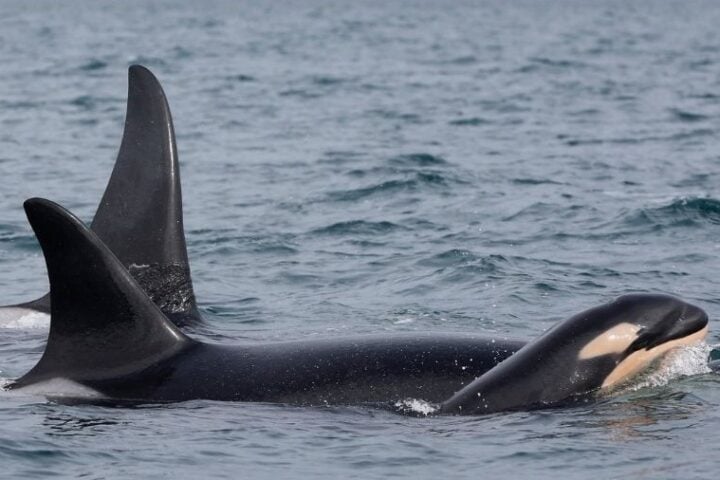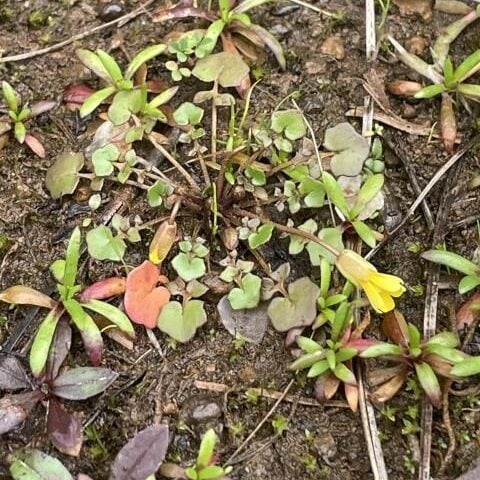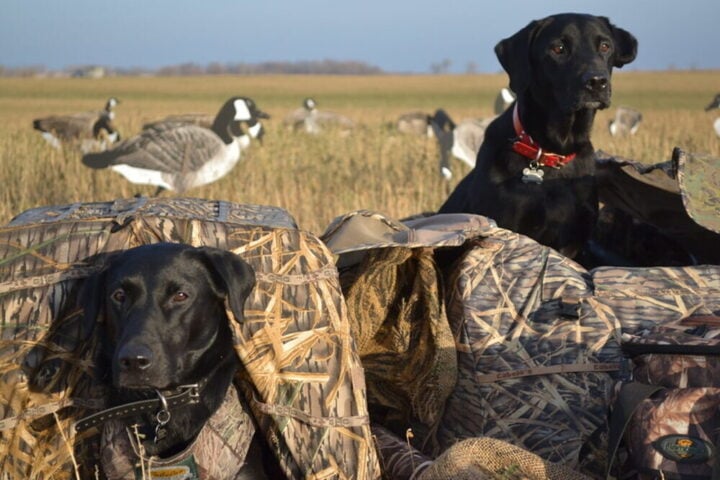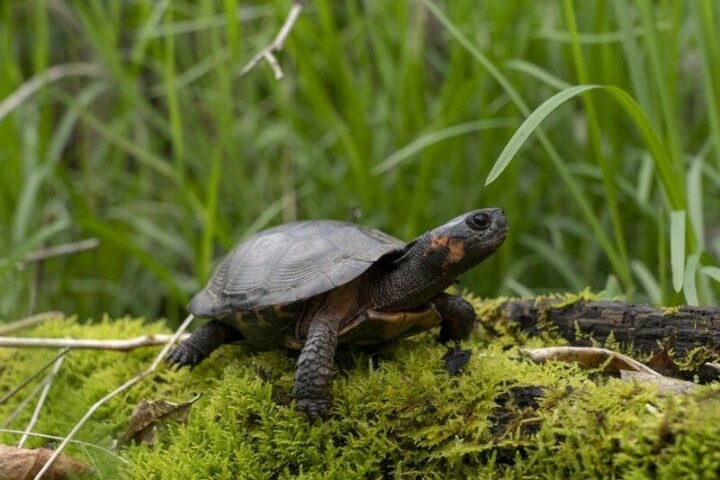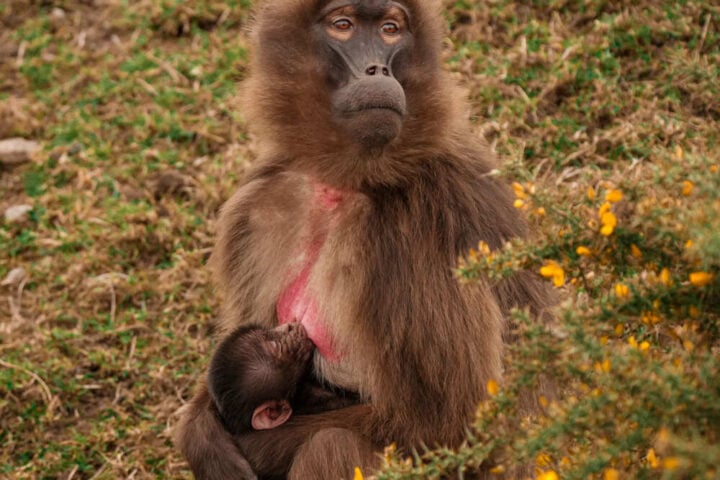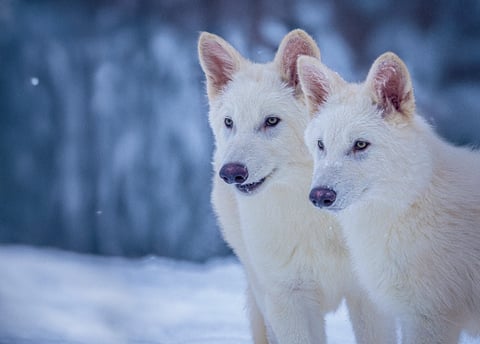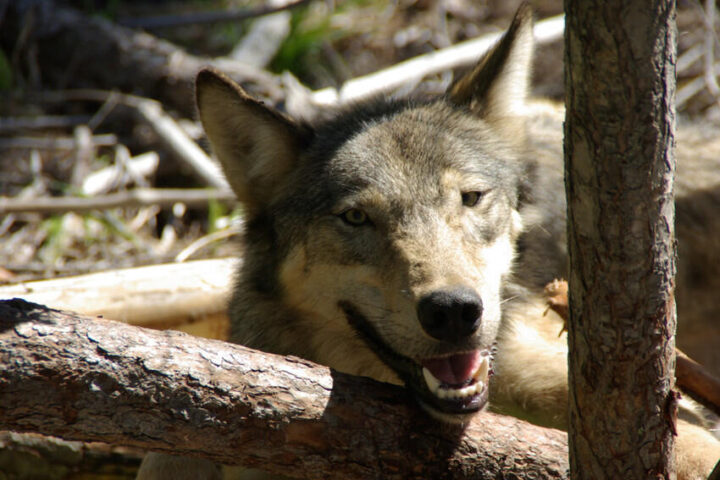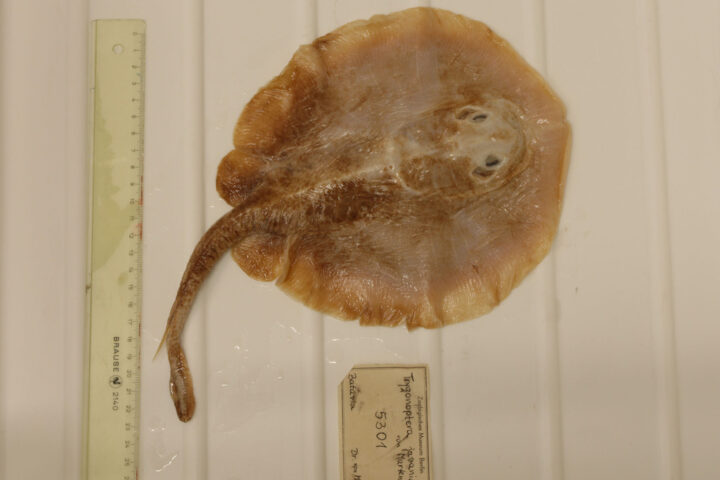The U.S. Fish and Wildlife Service (USFWS) proposes listing the monarch butterfly as threatened under the Endangered Species Act, following decades of failed voluntary conservation efforts. The December 12, 2024 proposal comes as butterfly populations face extinction risks.
Stark Population Decline
From 4.5 million western monarchs in the 1980s, numbers have plunged by more than 95%. The eastern population, once 380 million strong in the mid-1990s, has dropped approximately 80%. Scientific models project a greater than 99% chance of western monarch extinction by 2080, while eastern populations face 56-74% extinction probability.
Agricultural Impact Assessment
Two 1990s farming developments have decimated monarch habitats. Roundup Ready crops eliminated 99% of milkweed in corn and soybean fields. Neonicotinoid pesticides increased agricultural toxicity 48-fold for insects. These pesticide-treated seeds show marginal agricultural benefits, often reducing yields by harming beneficial insects. Farmers cannot opt out, as agribusinesses controlling the global patented seed market determine seed coating practices.
Protection Measures
The USFWS proposes 4,395 acres of critical habitat across seven California counties: Alameda, Marin, Monterey, San Luis Obispo, Santa Barbara, Santa Cruz, and Ventura. This designation affects only federally-funded or permitted projects.
Industry Response
“Working lands provide essential habitat for most wildlife species, including monarch butterflies,” states Lesli Allison, CEO of Western Landowners Alliance. “Pollinators are integral to our ecosystem.”
Western Growers’ Environment Director Jeana Cadby notes: “Our members have demonstrated that agriculture and pollinator conservation work hand in hand.”
More Stories
Conservation Status
USFWS Director Martha Williams states: “Providing monarchs with enough milkweed and nectar plants, even in small areas, can help put them on the road to recovery.”
The proposal’s 90-day comment period ends March 12, 2025. Two virtual public information meetings will address stakeholder concerns. Comments can be submitted through regulations.gov under docket number FWS-R3-ES-2024-0137.
Required Actions
Conservation measures include:
- Milkweed cultivation for caterpillar sustenance
- Nectar plant habitat development
- Overwintering ground protection
- Pesticide impact reduction
- Cross-border habitat preservation along the 3,000-mile migration route
The USFWS will assess public input and species data before finalizing the listing decision. Additional information: www.fws.gov/monarch.
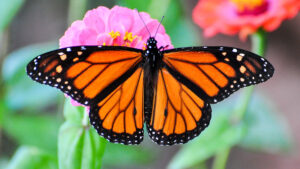






![Representative Image: European Starling [49/366]. Photo Source: Tim Sackton (CC BY-SA 2.0)](https://www.karmactive.com/wp-content/uploads/2025/04/Starlings-Drop-82-in-UK-Gardens-as-Birdwatch-2025-Reveals-Record-Low-Count-Since-1979-720x480.jpg)

